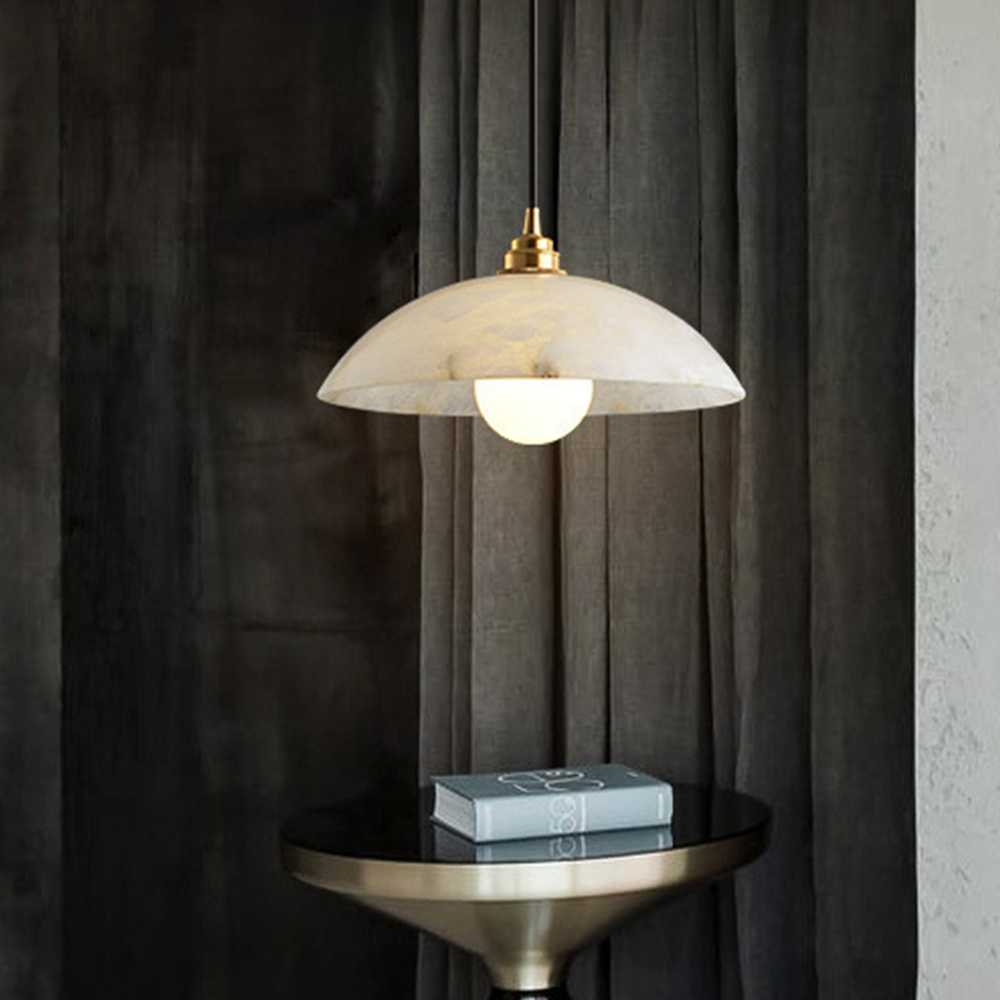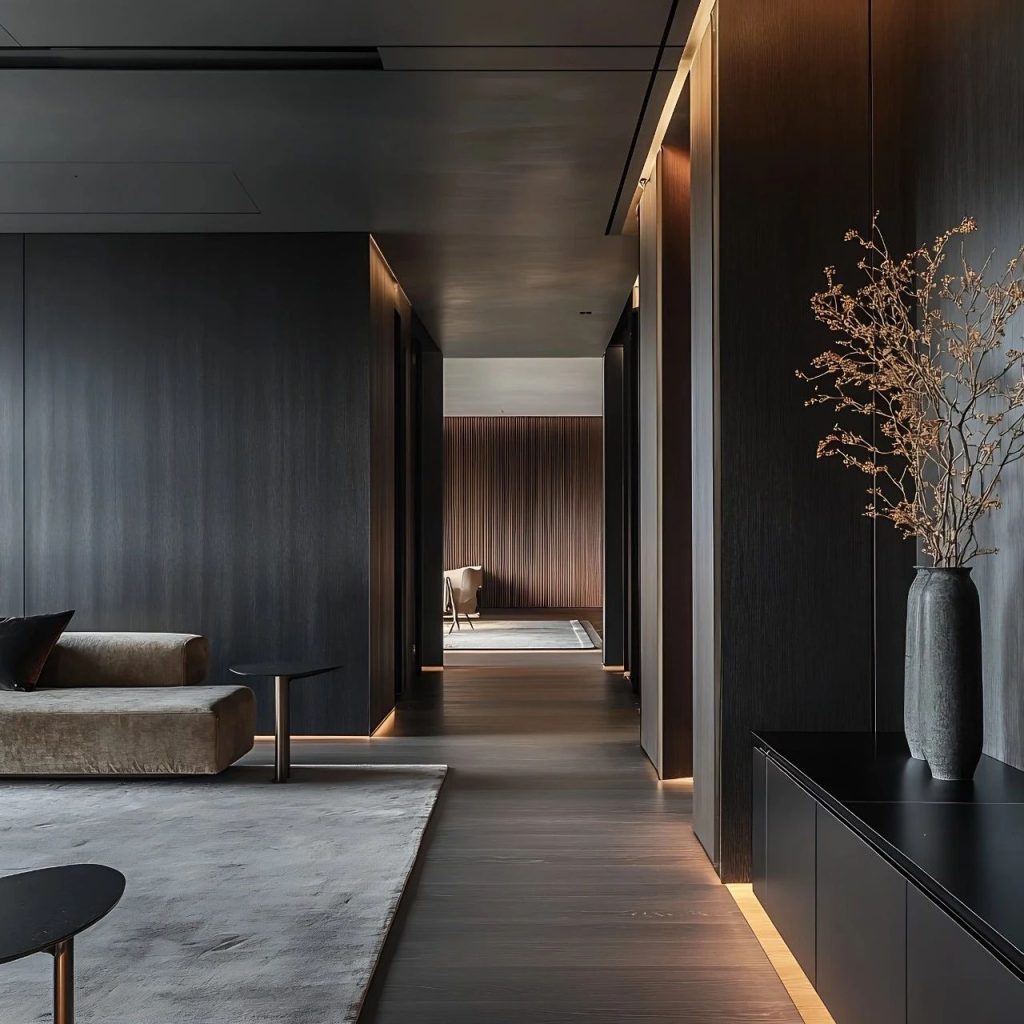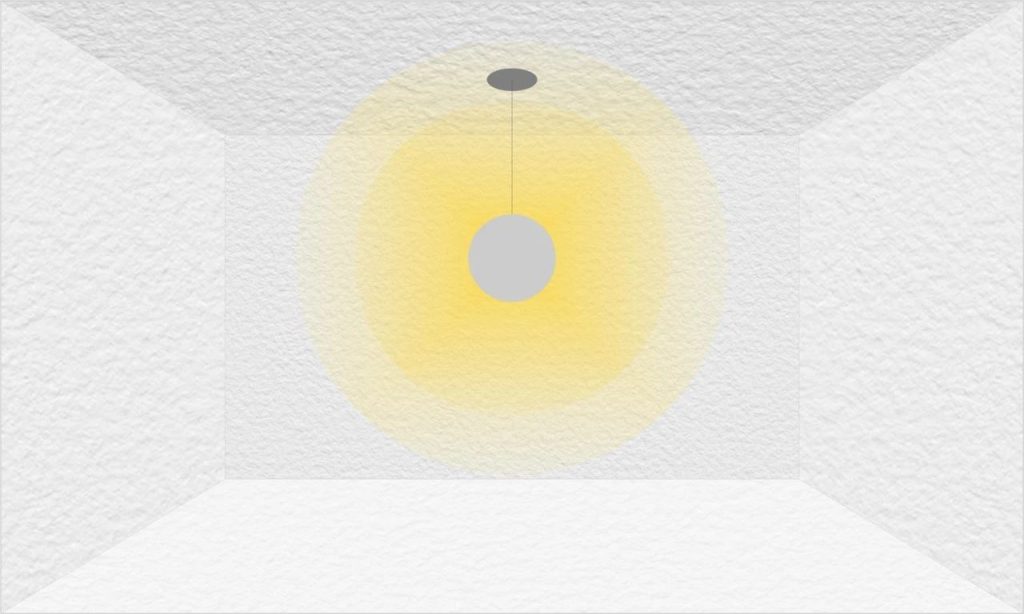Lighting Design: The Art of Illuminating Spaces

Lighting plays a pivotal role in spatial design, profoundly impacting psychological and emotional experiences. Exceptional lighting design goes beyond merely selecting fixtures—it crafts ambiance, highlights focal points, and elevates the aesthetic and functional layers of a space. This is especially critical in long-term environments like homes and workplaces, where thoughtful illumination can transform everyday experiences.

What is Lighting Design?
Lighting design, also known as illumination design, encompasses both interior and exterior lighting strategies. As a dynamic and creative element, it enhances thematic storytelling, emphasizes architectural features, and builds visual depth. The process involves two key steps: selecting lighting types and defining lighting techniques.
1. Types of Lighting
Lighting is categorized into three primary types, each serving a distinct purpose:
a. Ambient Lighting
The foundation of any lighting plan, ambient lighting provides broad, uniform illumination. It casts soft, diffused light with no visible glare or directionality, ensuring comfortable visibility.
b. Accent Lighting
Used to outline architectural contours (e.g., walls, ceilings), accent lighting adds dimensionality and visual intrigue, elevating a space’s sophistication.
c. Task Lighting
Focused and intense, task lighting targets specific areas (e.g., reading nooks, kitchen counters) to support activities and create localized ambiance.
2. Lighting Techniques
Six core techniques define how light interacts with a space:
a. Direct Lighting
Directs light straight onto surfaces. Avoid harsh shadows and glare by using dimmers or shielding reflective surfaces like glass.

b. Indirect Lighting
Light reflects off surfaces (e.g., ceilings, walls) before dispersing, producing a soft, ambient glow ideal for relaxed settings.

c. Diffused Lighting
Minimizes shadows by scattering light evenly via translucent materials (e.g., frosted glass), perfect for uniform ambient illumination.

d. Decorative Lighting
Emphasizes light as an artistic feature. Think pendant lights, chandeliers, or embedded ceiling lights that create dramatic focal points.

e. Accent Lighting
Spotlights specific objects (artwork, sculptures) to draw attention. Use low-heat LEDs to protect sensitive materials.

f. Wall Washing
A linear arrangement of lights (e.g., LED strips) “washes” walls with smooth, gradient light, ideal for highlighting textures or architectural details.

